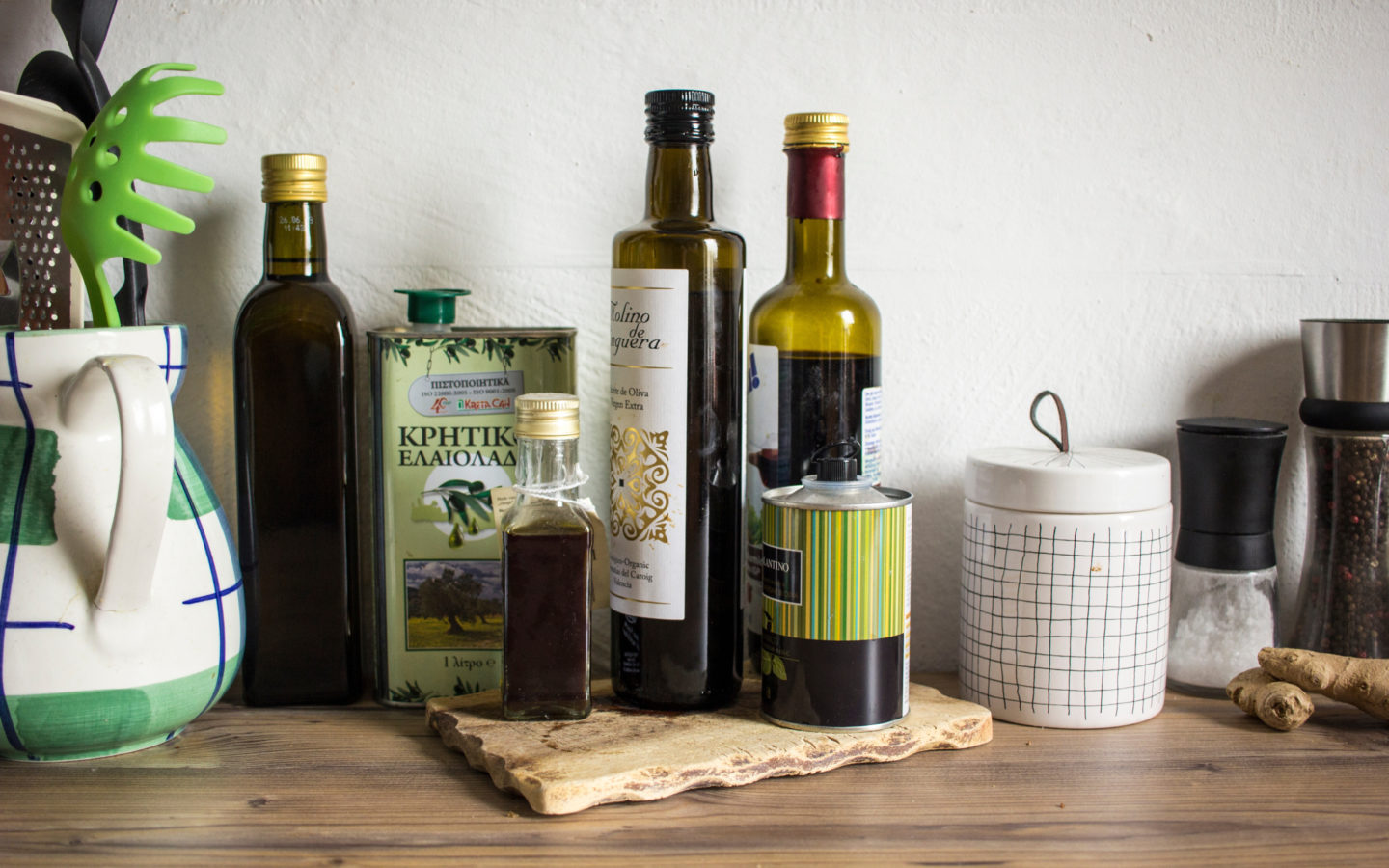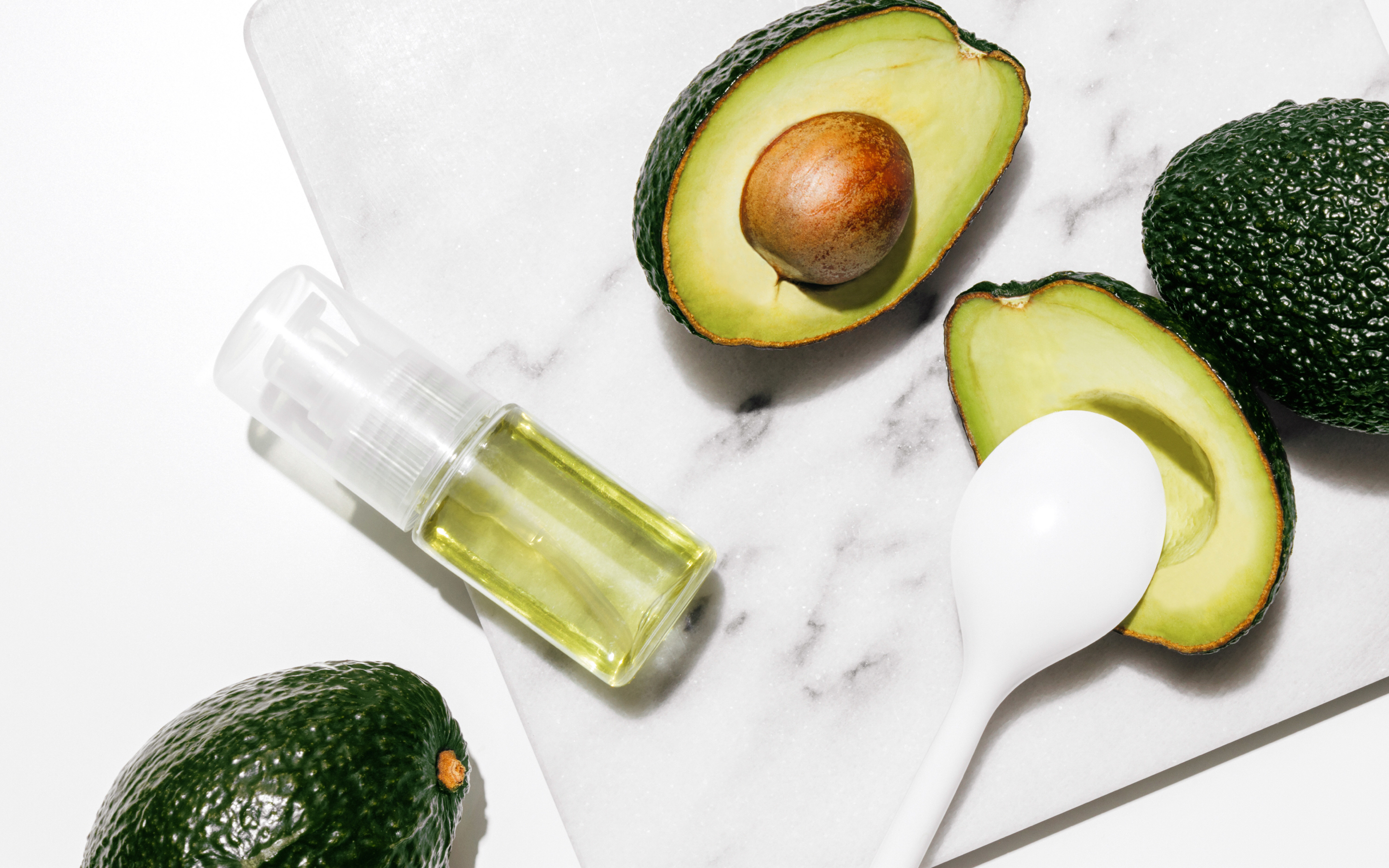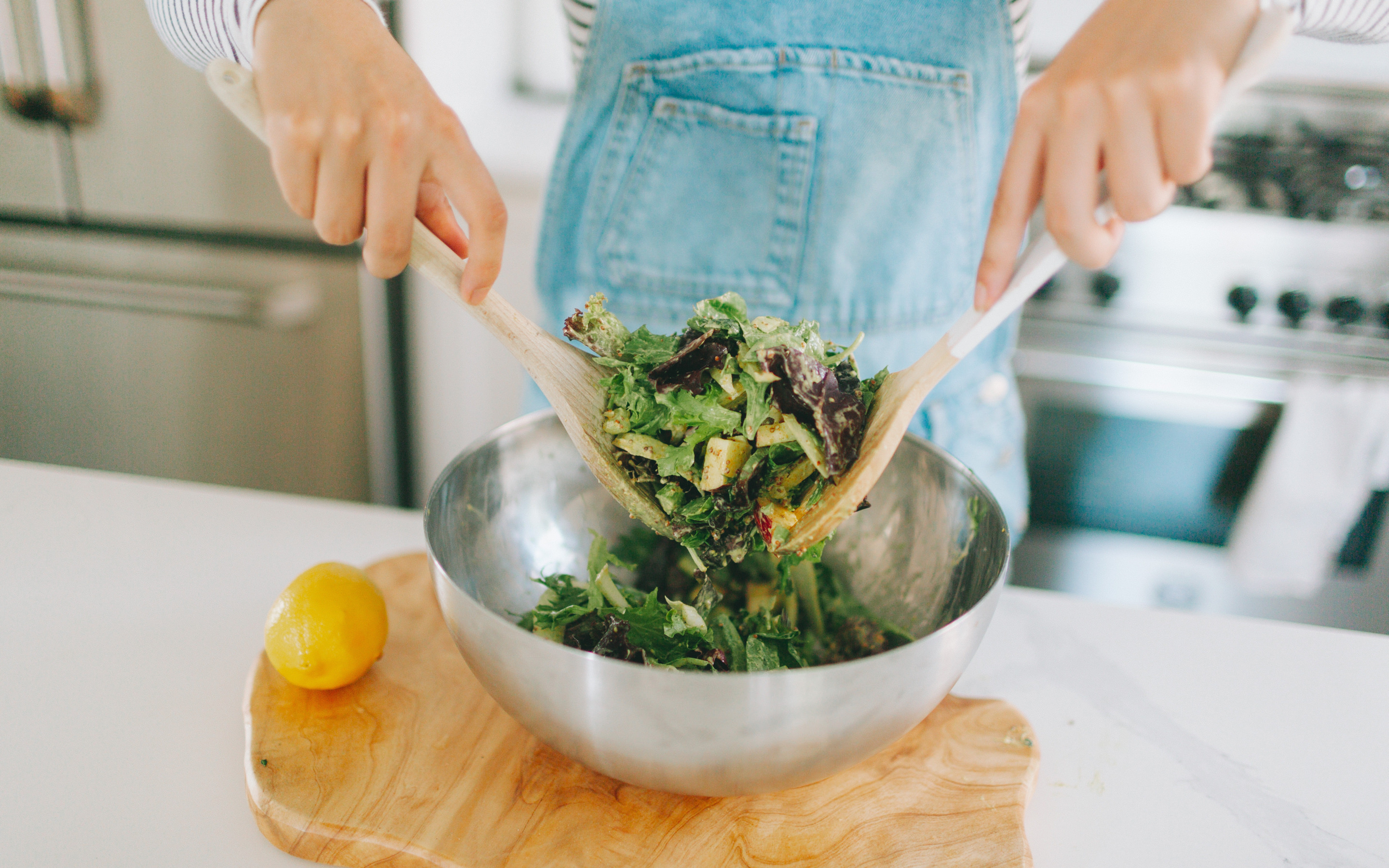Think back several years, what were the oils you relied on to cook with? Canola oil? Vegetable oil? Maybe – if you were really ahead of your time – even extra virgin olive oil?
In recent years the cooking oil aisle has ballooned from a few humble options to, well, an entire aisle – a veritable maze of choices. Small tins of organic cold-pressed walnut oil and macadamia nut oil sit next to gigantic tubs of canola and peanut oils, while glass bottles of olive oils and seed oils sit pretty nearby. The trick, of course, is knowing what to choose, but as news and scientific studies have come to light on the dangers and health concerns of the “classic” cooking oils – namely vegetable and canola – it’s hard to know which choice is right and the search for alternatives only leads to more confusion. Olive oil has long been the standby for health-conscious chefs, but as our awareness of oil safety has grown, so too have our options.

As alternative oils rose in popularity for their purported benefits and healthfulness, yet another concern lit up our consciousness: cooking temp. Turns out, not all oils are created equal: While your favorite unfiltered EVOO may taste amazing drizzled over finished dishes, it’s unsafe to heat at high temperatures, making olive oil off-limits for high-heat cooking – it begins to smoke when heated over 320 degrees Fahrenheit. This is called the smoke point, and it’s an important factor to keep in mind when choosing an oil to cook with. Although unpleasant, the smoke isn’t the main concern when it comes to heating oils at too high a temperature. When the oil begins to smoke, it begins to produce cancer-causing free radicals and other nasty compounds, not to mention a burned oil is sure to ruin the flavor of your favorite dish. Smoke point makes a solid argument for keeping a healthy roster of cooking oils on hand at all times, you never know when you might need to saute, bake and drizzle all in one day, and by keeping a well-stocked pantry of oils, you’ll never have to choose between your favorite foods and whether or not it’s worth risking cooking with the wrong oil. One new oil worth stocking up on? Avocado oil!
What is avocado oil?
Yes, everyone’s favorite toast topping, smoothie add-in, and salad ingredient is also a super versatile oil. What makes avocado oil so good? We all know and love avocados for their deep nutritional content – just one serving, about 1/5th of an avocado has around 2 grams of fiber, lutein, antioxidants, and four grams of fat, most of which is the monounsaturated (heart-healthy) kind – but did you know avocados could actually make the other foods you eat with them even healthier? Adding healthy fat, like avocado, to salads, smoothies, etc. can aid in the absorption of nutrients and avocado specifically could even increase certain compounds, such as carotenoids, which fend off disease and support eye health. And avocado oil boasts these same benefits. So what is it? Avocado oil is made from the soft pulp of avocados, which is placed in a centrifuge and spun at high speeds to separate the fat from the rest of the pulp. While slightly more expensive than olive oil – it’ll run you about $2-3 dollars more – avocado oil is also slightly more versatile.

How do you use avocado oil?
What does avocado oil taste like? Well as you might expect – a bit like avocados! Avocado oil does boast a hint of that classic, slightly grassy avocado flavor, but it’s far lighter than its olive oil counterpart, making avocado oil significantly more versatile, especially when you consider it’s a high smoke point. Where olive oil should only be heated to a maximum temperature of around 320 degrees – too low for most stovetop cooking – avocado oil’s smoke point is 520 degrees Fahrenheit, making it a safe choice for most – but not all – cooking applications (you can’t deep fry but you can bake up to 449 degrees). Rich, thick, and relatively neutral, avocado oil lends itself as an easy replacement for vegetable or canola oil in most recipes – or use it in cooking when you might otherwise reach for olive oil.
When choosing avocado oil, always look for 100% pure avocado oil (no fillers) and purchase the best you can afford to ensure maximum nutrients and quality.
Some of our favorite ways to use avocado oil:
1. Swap out your coconut oil. If coconut oil is feeling a little tired or you don’t like the taste, swap in avocado oil to switch things up.
2. Bake with it. Substitute avocado oil for vegetable oil or canola in baking for a better-for-you alternative.

3. Make a marinade. Because avocado oil is so neutral, it makes the perfect base for your favorite marinade recipe.
4. Add a small spoonful to smoothies. No ripe avocados on hand? Add a teaspoon of avocado oil to your smoothies to aid in nutrient absorption.
5. Make your own mayo! Homemade mayo is simple but typically calls for canola oil. Swap it out for avocado oil as a healthier option.
6. Step up your hummus or pesto game. Most commercial hummus and pesto is made with canola or vegetable oils – make it at home with avocado oil instead.
7. Similarly, use it to make your own salad dressing. One quick read of the ingredients list of conventional dressing will have you making your own with avocado oil in no time flat.

8. Drizzle avocado oil over pizza or flatbread as a finishing oil.
9. Make better-for-you popcorn by tossing it in avocado oil and sprinkling with Maldon salt and herbs.
10. Cook up breakfast. Make your omelet or scrambled eggs with avocado oil for an energizing addition to your morning routine.
How do you use avocado oil? Let us know by tagging us on social @AvocadoMattress and #AvocadoGreenMagazine!

Shop Pillows
The Essential Organic Pillow Collection
Gentle, breathable, non-toxic support.





